
DAY 1
(Reading time: 6 minutes)
Japan was our first trip to Asia as a couple. The Land of the Rising Sun, who wouldn’t want to explore it? Strolling through Tokyo, the world’s largest city, in rented kimonos. Catching sight of the snowy peak of the legendary Mt. Fuji. Capturing cherry blossoms while cruising on a boat along the Hirosaki River. Cheering on sumo wrestlers. Slicing through the air with a samurai sword. Controlling a gigantic robot… aah, even thinking about it is already too overwhelming. Where to begin? What to prioritize?
Calm down. It’s simply impossible to do everything at once. For first-time visitors, there’s a sort of golden triangle foundation of Tokyo-Kyoto-Hiroshima, but then you’re left with a bittersweet feeling that it’s just not enough, and you want to come back and explore further. Speaking from my own experience, I’m sure we’ll visit this country again, but our experiences from the first trip are unforgettable as well.
Before the trip, it’s advisable to arrange for the Japan Rail Pass well in advance. It’s not mandatory, but you definitely want to have it. With this pass you can conveniently travel on most Japan Railways Group connections (basically all trains marked JR), by shinkansens (except the two fastest ones), by the Tokyo subway on Yamanote line, and even to Miyajima Island by boat.
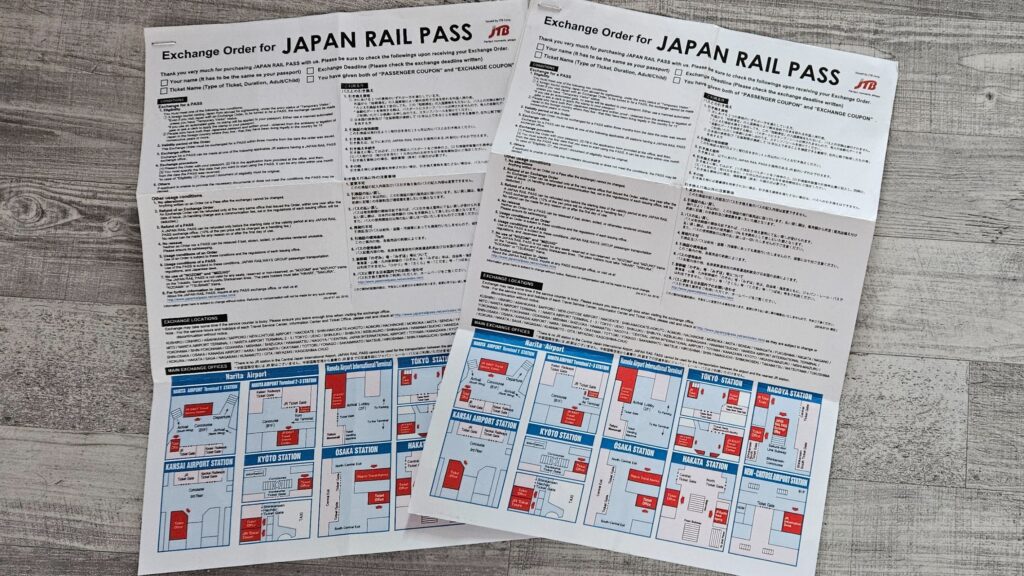
You can obtain the JR Pass at authorized branches, selected travel agencies, or online. The sooner, the better, as it’s an administrative process and it will take a few days for the confirmation to arrive by mail. The JR Pass is valid for a maximum of 90 days from the date of issue, and you can choose from validity options of 7, 14 or 21 days. The price, not exactly low but it’s still worth it. Upon arrival, you activate the JR Pass at one of the branches – we did so right at Narita Airport – and in exchange for the voucher (photo above, bottom part of A4 map showing branch locations), you receive your unique, non-transferable JR Pass (photo below). It serves as proof for inspections, such as at manned ticket gates in the subway, bus drivers, etc.
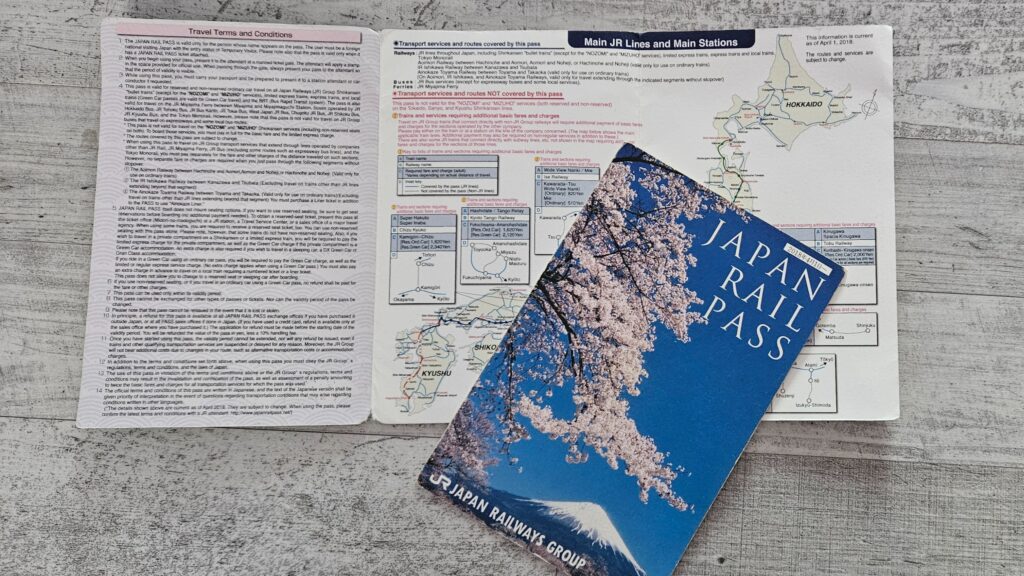
In addition to the JR Pass, it’s good to have enough Japanese yen in cash (we exchanged them right after landing for €). Although Japan is a developed country, people here still love paper money that they can touch, and places with card terminals are fewer than you might expect.
In Tokyo, we traveled by subway, map of which looks like this:
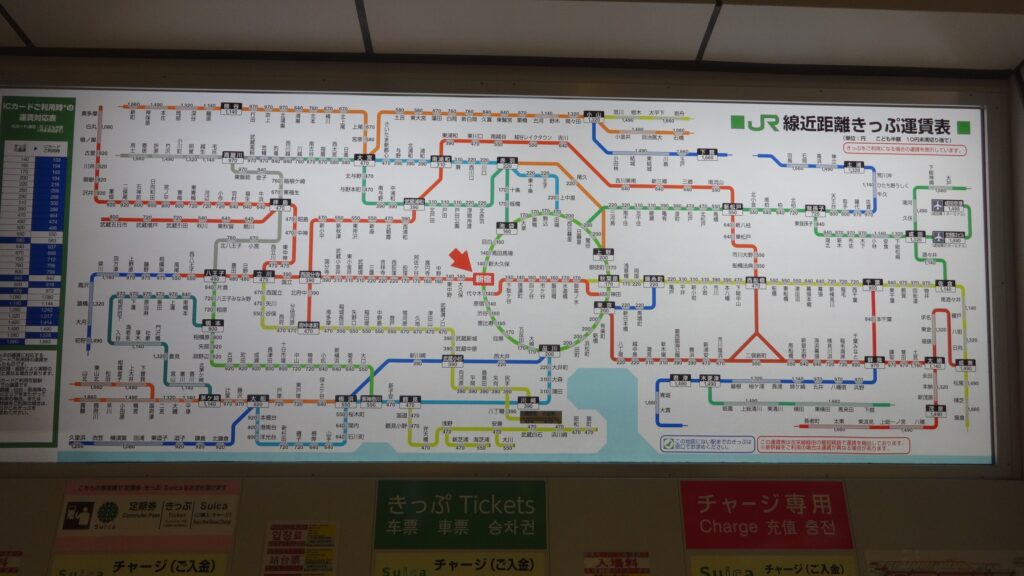
There are plenty of lines, even more stops, but there’s a saying, “if you can travel by one subway, you can travel by all of them,” and that remains true. Moreover, for tourists, the green circle in the middle – JR Yamanote Line – provides you with all the main attractions near it. And if you happen to need to go elsewhere, you can buy an extra ticket from the ubiquitous vending machines or simply walk a short distance. All subway stations are precisely marked with colors, names printed in Japanese and English, trains run very frequently, and don’t worry, the notorious profession of “subway pushers” no longer exists! The only problem arises when deciding which exit to take out of the underground. C4? C69? Or just go outside, it will work out somehow? c) is correct.
Our first (and also the last) accommodation was in a hotel in the midst of one of Tokyo’s busiest districts, Ikebukuro. However, the check-in wasn’t until 4pm! We left our luggage at the hotel and, tired/hungry, headed to the nearest shopping center, Sunshine City, to find something to eat. We would have settled for anything, but fate played miracle cards for us. Our lives were changed by CoCo Curry House Ichibanya.
After tasting it, we both knew we hadn’t eaten anything so delicious before. Really, I’m not exaggerating. Love goes through the stomach, and we immediately fell in love with CoCo Curry House Ichibanya. It’s an original Japanese chain of restaurants specializing in curry with meat and rice. Primarily, you come here for the curry – delicate orange-brown sauce, which looks like something from school canteens, but its taste is divine. You can choose from several levels of spiciness and add rice, egg, various types/preparations of meat, or even a meatless option with vegetables, or seafood. Generally, we liked in Japanese restaurants and bistros that every guest was automatically served mostly unlimited water or tea with any meal. That also applied here, but we preferred to wash down the delicacy with Kirin, tasty Japanese beer.
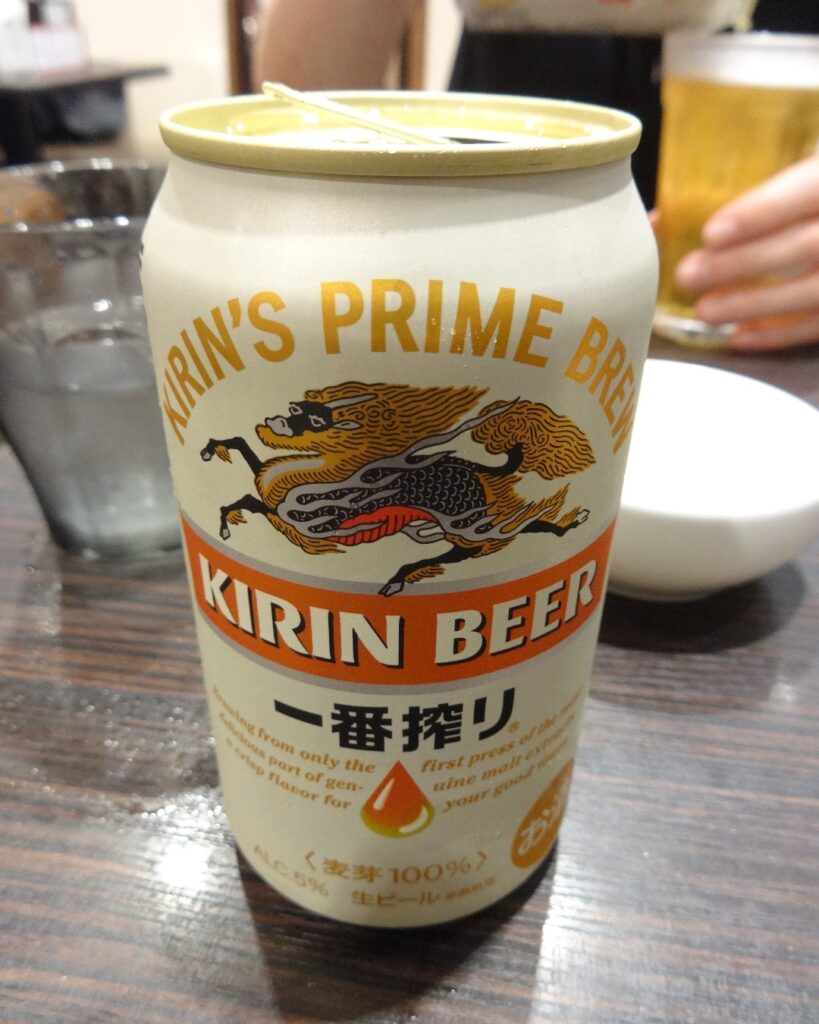
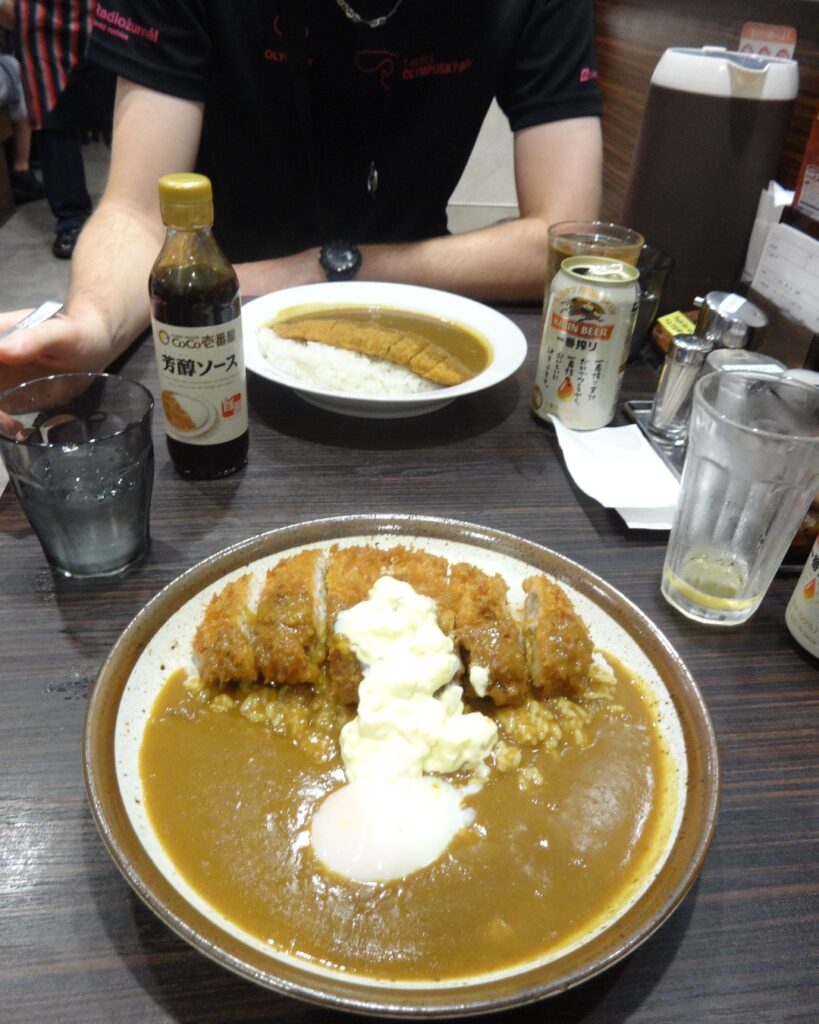
Buzzing with great food, we set out to catch Pokémon at the local store. We would have liked to spend our last penny there, but our arrival had just been a few hours ago, so we restrained our Pokémon urges and returned to the hotel without any purchases.
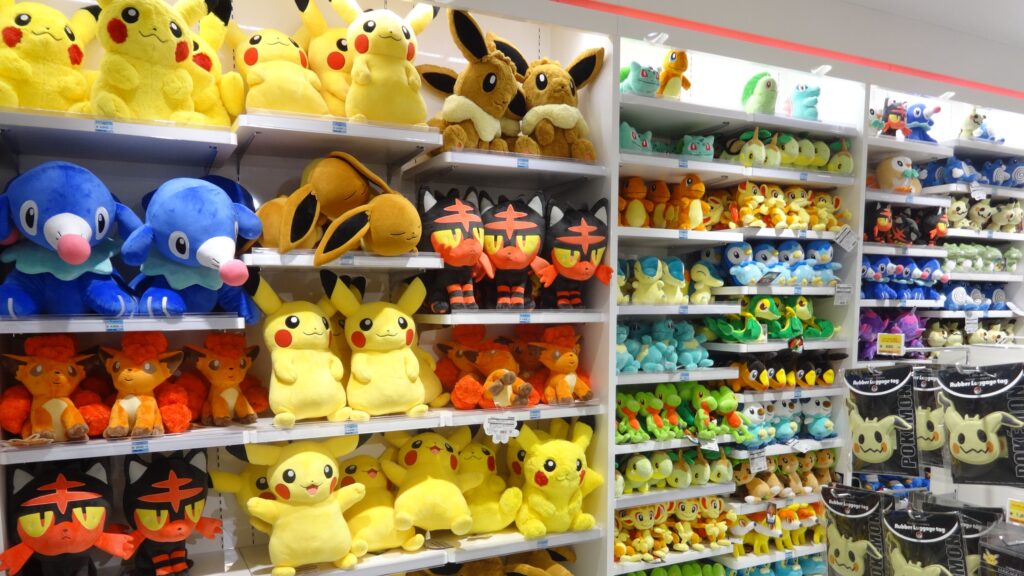
The room was small but nicely furnished. Moreover, the Japanese have a special talent for super-practical organization due to the lack of space – everything is foldable, retractable, tuck-away-able, and every centimeter of space is maximally utilized (especially in big cities). We had a 110cm wide/160cm long bed, and it didn’t bother us at all. At home, we sleep on a futon, which isn’t much bigger (140×200), and we’re completely satisfied.
Ikebukuro never sleeps. At night, it is ablaze with the colors of light pollution, but we skipped any nighttime outings on the first day in favor of sleep. Good night.

-endy-
DONKEY´S SPECIAL:
-mj-